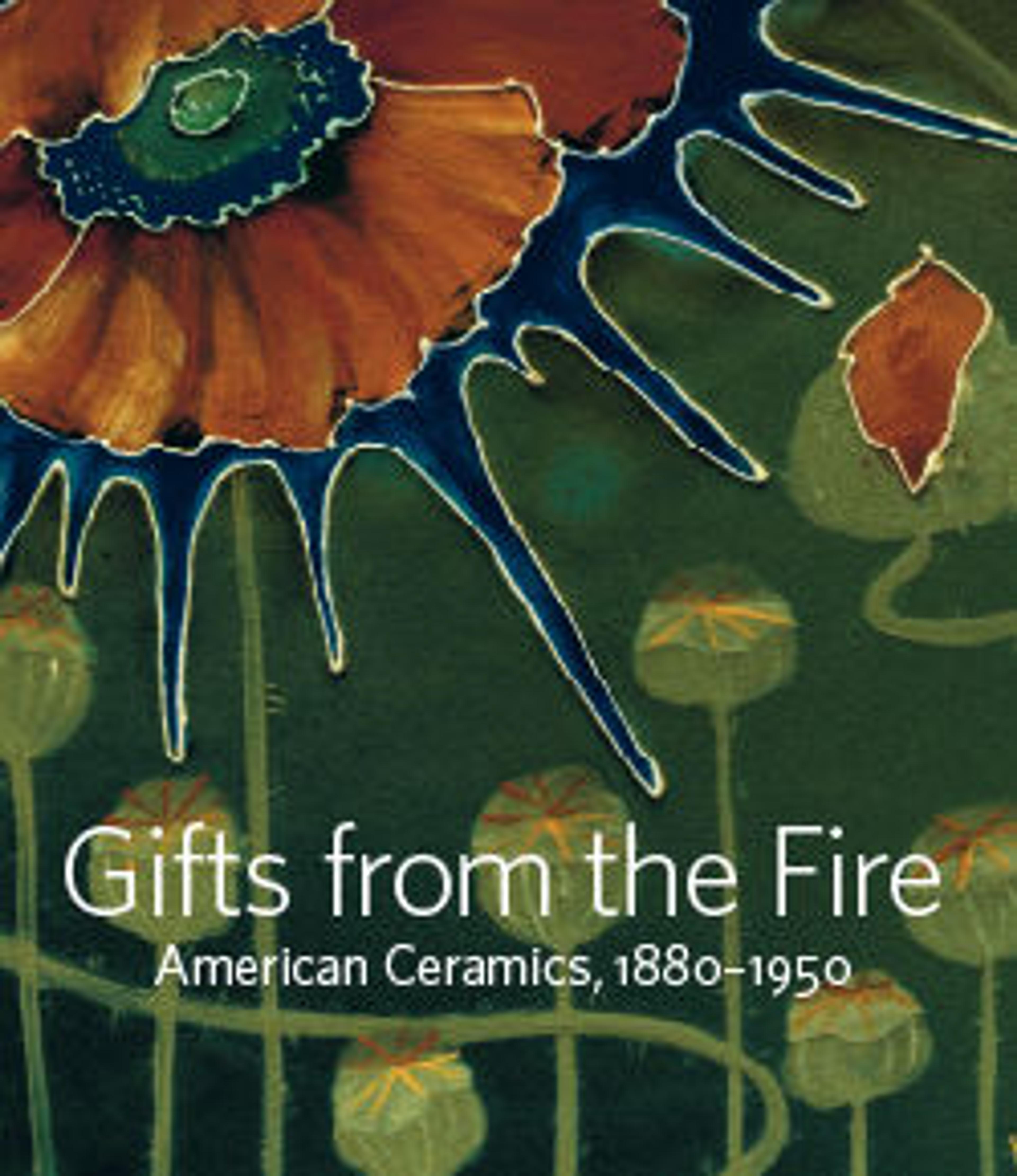Losanti vase
Louise McLaughlin was a pioneering figure in the history of American ceramics. Like many women of her time, she began her artistic career as a china painter. One of her earliest innovations was her discover of the barbotine technique in the late 1870s and early 1880s. One of her most challenging endeavors was her decision to work in artistic porcelain, a medium that had traditionally been confined to a large factory setting. McLaughlin began her experiments in porcelain in 1898 in a studio in her home, which she called “Losanti;” although a small enterprise, she hired assistants to slip-cast models she created, and then she carved or excised designs into the vases, glazed them, and had them fired in a kiln in her back yard in Cincinnati. McLaughlin and her colleagues in Cincinnati were especially influenced by the work of contemporary Scandinavian potteries, notably the Royal Copenhagen Porcelain Manufactory and Bing and Grøndahl firm in Denmark and the Rørstrand in Sweden. This vase in particular channels the work of Bing and Grøndahl with its pierced neck of scrolling stems.
Artwork Details
- Title: Losanti vase
- Maker: M. Louise McLaughlin (American, Cincinnati, Ohio 1847–1939 Cincinnati, Ohio)
- Date: ca. 1900–4
- Geography: Made in Cincinnati, Ohio, United States
- Culture: American
- Medium: Porcelain
- Dimensions: H. 6 1/8 in.
- Credit Line: Gift of Martin Eidelberg, 2020
- Object Number: 2020.64.89
- Curatorial Department: The American Wing
More Artwork
Research Resources
The Met provides unparalleled resources for research and welcomes an international community of students and scholars. The Met's Open Access API is where creators and researchers can connect to the The Met collection. Open Access data and public domain images are available for unrestricted commercial and noncommercial use without permission or fee.
To request images under copyright and other restrictions, please use this Image Request form.
Feedback
We continue to research and examine historical and cultural context for objects in The Met collection. If you have comments or questions about this object record, please contact us using the form below. The Museum looks forward to receiving your comments.
